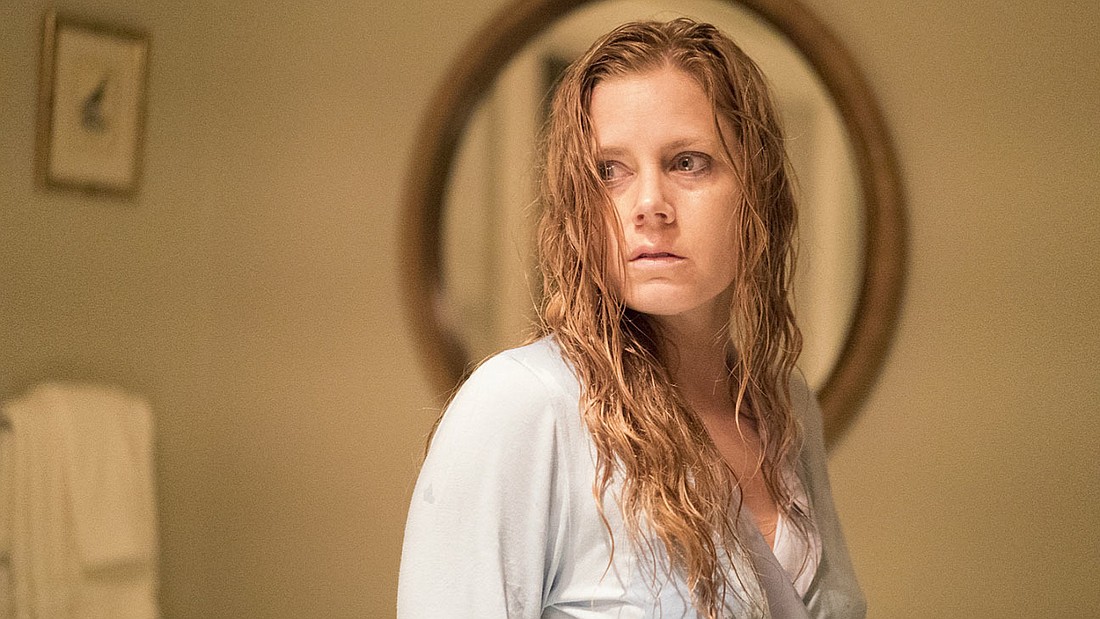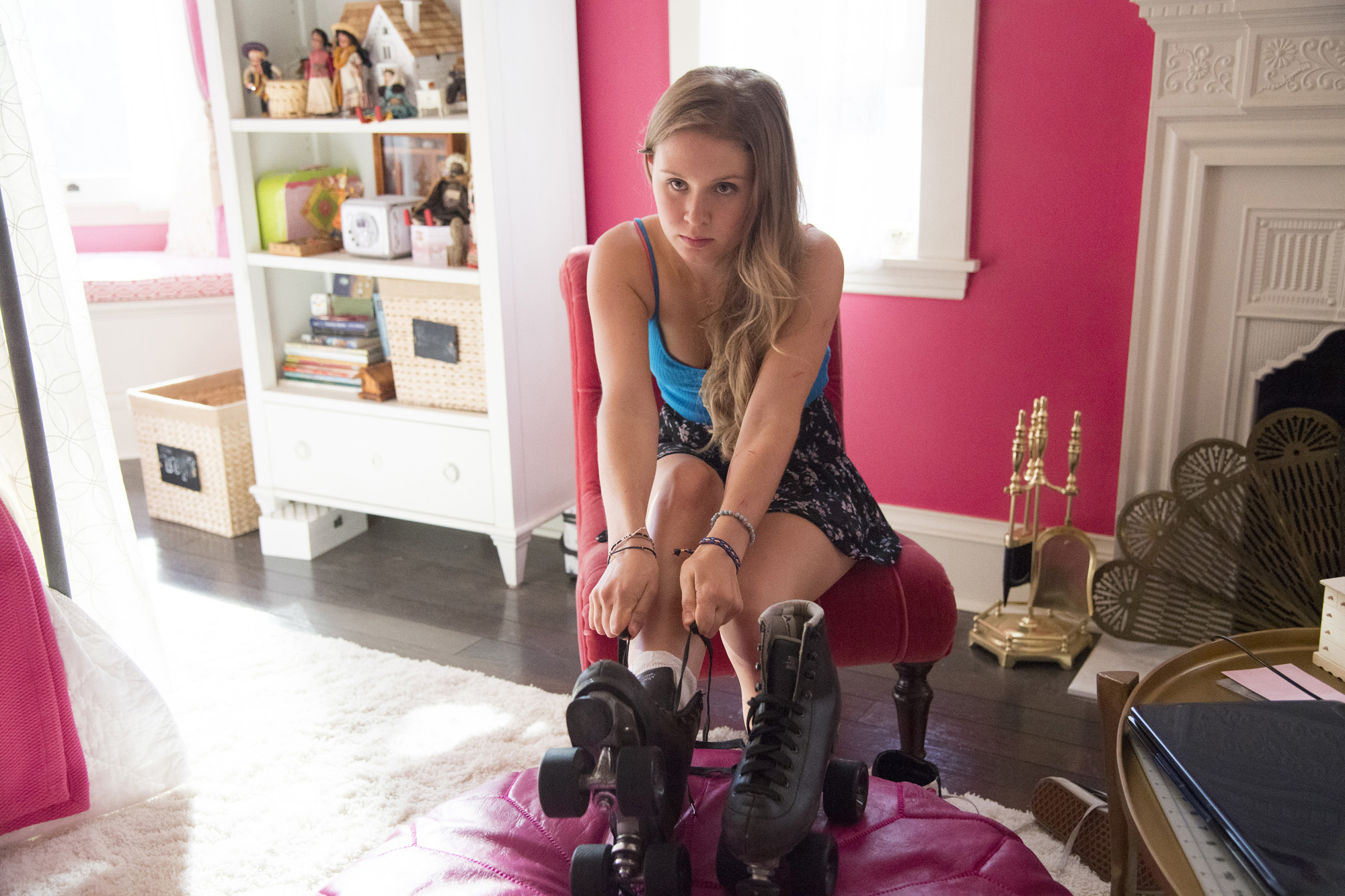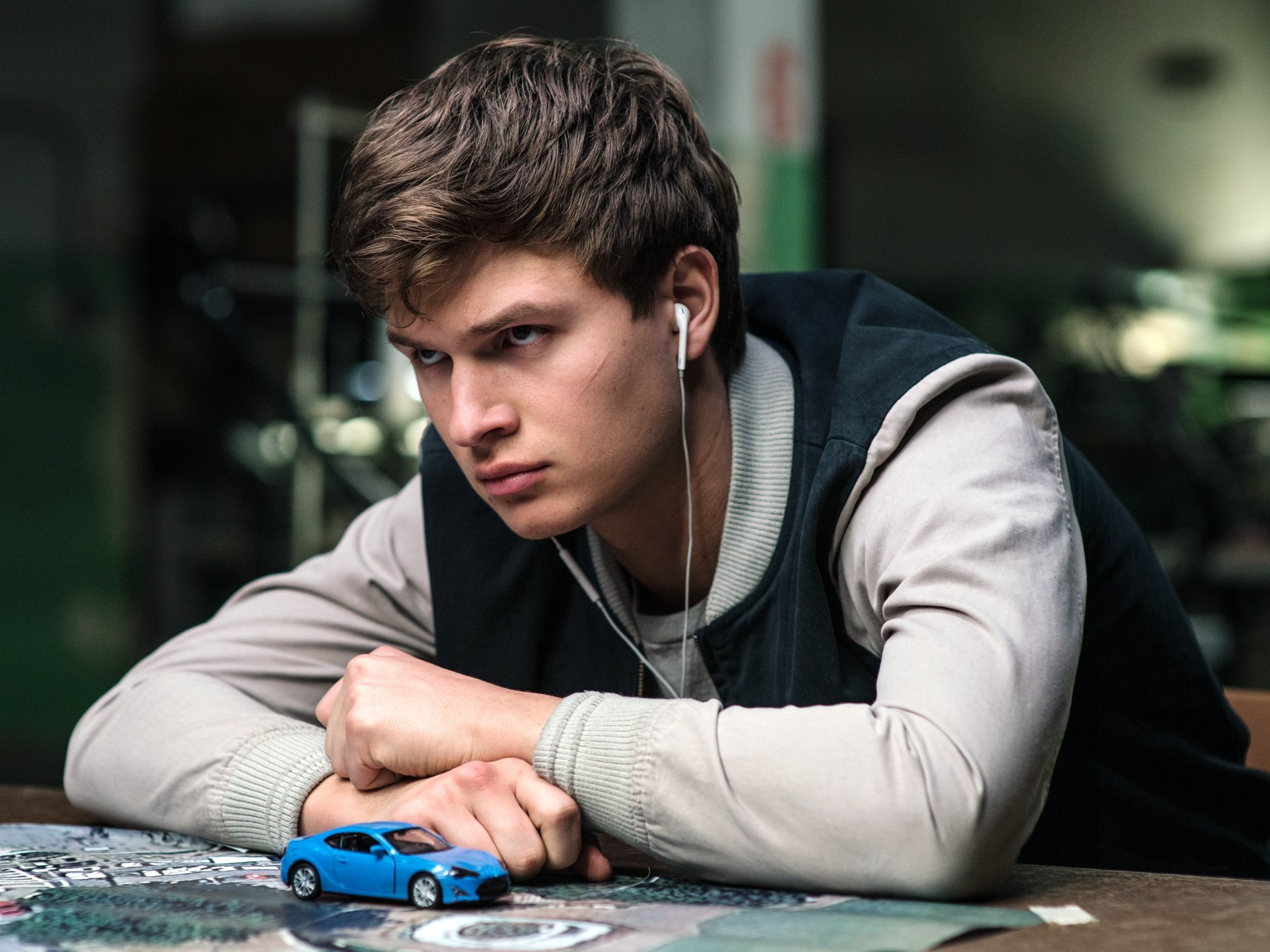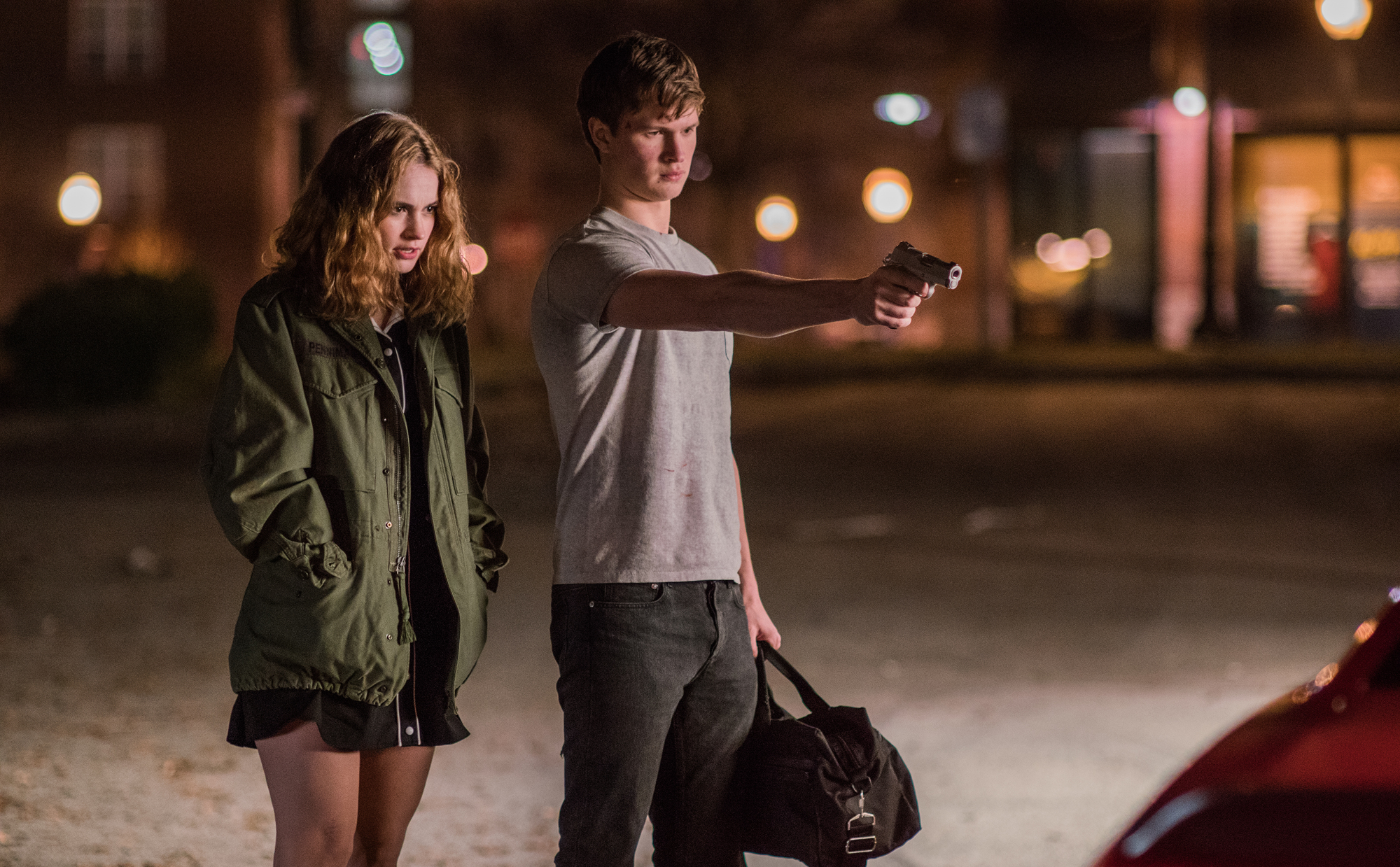- November 22, 2024
-
-
Loading

Loading

Miss me?
I’m back from my jaunt to Reykjavik and Amsterdam, and I learned a lot about myself while I was gone. For instance, I learned that I love earth that has been untouched by human hands, like the mountains and lava fields of Iceland. I learned that I love cities with a bunch of canals in them. (You can just like, sit by the canal, drinking tea and wasting the day away! It’s so nice!)
And I learned that I can barely function without watching a new movie or TV show every couple days. This industry might make far too much money, and it definitely is corrupt and gross as all hell, but damn does it serve as great entertainment, and even some intellectual stimulation now and again.
Once again, thanks to Katie Johns for filling in last week. She did this column much better than me, and I will never let her write it again, for I fear I may never get it back if she does.
Now, onto the meat of the thing, because we’ve got two doozies this week, folks.
“Sharp Objects” (2018)
HBO Go, TV-MA, eight episodes, 60-minute run time
This mini-series, based on a Gillian Flynn novel, is about a lot of things, but for a show that ostensibly is about a bunch of dead girls, solving the murders is surprisingly low on its priority list, with almost no progress made in the case until its final two episodes. I loved that choice, but others who watch shows mainly for plot may not.
The show instead focuses on Camille Preaker (a transcendent Amy Adams), a St. Louis journalist who travels to her hometown of Wind Gap, Mo., to cover the murders. While Wind Gap is a fictional place, it might as well be real. I went to school in Missouri for four years, and towns like Wind Gap litter the state’s rural areas: Filled with old money, run by patriarchal perspective and infested with faux midwestern kindness. Camille’s affected by all these things, most of which manifest themselves in her mother, Adora Crellin (Patricia Clarkson). Camille is so scarred from multiple childhood events, she resorts to cutting herself as a form of loathing. The scars that cover Camille’s body — in the form of words her mother and others have scathed her with over the years — are visually and emotionally striking. “Sharp Objects” is a show about generations. Old money families stay rich, people with power keep that power and traits get passed from mother to daughter — no matter how undesirable.

Within all this chaos is Amma (future mega-star Eliza Scanlen), Camille’s teenage half-sister, who is the angel to Camille’s devil in the eyes of Adora. While Camille was a wild child in high school, Amma prefers to play with her dollhouse and even lets her mother take care of her when she’s sick instead of fighting the attention. At night though… well, let’s say she’s more like Camille than Adora believes. There’s also John Keene (Taylor John Smith), a high school football player and the brother of one of the murder victims, and Bob Nash (Will Chase), the father of the other. They are both prime suspects because they got too emotional about the murders, and men aren’t supposed to be emotional. (Yes, really. Wind Gap is messed up, y’all.) Detective Richard Willis (Chris Messina) and Police Chief Bill Vickery (Matt Craven) are also there, and more or less incompetent at their jobs, though Willis and Camille do find a certain kinship eventually.
Amma’s relationship with Camille is, to me, the most interesting part of the show. She adores her older sibling, but also pushes her buttons to see if she can set her off, to catch a glimpse of the “dangerous” Camille her mother tells her stories about.
Director Jean-Marc Vallee (“Big Little Lies,” “Dallas Buyers Club”) makes his presence known throughout, filling the screen with lightning-quick flashbacks to Camille’s childhood. Figures stand in the headlights of cars. The ghosts of Camille’s past (perhaps literal ones?) are added to the background of different shots. They’re the type of unsettling images you don’t always catch, but once you do, you can’t unsee. The whole show’s vibe is one of unease, like something grisly could happen at any moment.
When the show does get around to solving the murders, trust me, the wait will have been worth it. The series’ final scenes — in particular one three-word plea — have stuck with me since I watched them and forced me to evaluate everything I had watched over the show’s run. That’s what an ending should do: cause a reaction. Mine happened to be a cartoonish jaw drop, one that happened over a few minutes as the show gave one final twist of its knife. It works thematically and visually, and that’s rare.
This is all vague, I know. Sorry. But I think it’s important to go into this world as fresh as possible. There are entire aspects of the show I haven’t touched on at all. If you like dirty family drama and messed up people (seriously, everyone on this show is insane), this show is for you.
“Baby Driver” (2017)
Showtime Anytime, R, 112 minutes
This is a movie done a terrible disservice by its title, which does make sense in context but is weird to anyone not familiar with it. It also came out at the same time as a certain other, lesser movie, so let’s clear up some misconceptions.

“Baby Driver” is not:
- A movie about a literal baby driving a car
- A movie about a chauffeur driving a baby different places
- “The Boss Baby”
What this movie is, is awesome. It was my favorite film of 2017, a fact evident to anyone who knows me in real life, as I would not shut up about it for months after my first viewing. I like this movie so much I bought it on DVD so I could have a physical copy in case the world’s internet ever crashes.
Directed by the under-appreciated Edgar Wright (“Scott Pilgrim vs. The World,” “Shaun of the Dead”), the film centers around Ansel Elgort’s character, simply named Baby. You’re not going to believe this, but Baby is … a driver. Specifically, a getaway driver for a crime syndicate that includes Jamie Foxx’s Bats, Eiza Gonzalez’ Darling and Jon Hamm’s Buddy. I dressed as Baby for Halloween last year, and no on knew I was in costume. It made me sad, mostly for this movie's sake. (And my costume was accurate to the LETTER, for the record.)
The syndicate is run by Kevin Spacey’s Doc, and it’s here I’m going to pause and put up a ***MAJOR SPOILER WARNING*** for the next paragraph, which will also serve as a public service announcement.
It’s tough for me to watch things involving known abusers. This movie was released a few months before Spacey’s allegations surfaced, so my love for the film had been cemented already. I probably wouldn’t have seen it if it had been released in 2018, and it was tough for me to watch, even with my love for it, after everything happened. If you don’t feel comfortable watching it, I completely get it. But, there’s one thing you should know about the movie that might sway you. There’s an exception to my “boycott abusers” philosophy, and that’s if their characters die in the movie or show. It’s macabre, but there’s something cathartic about watching bad things happen to them, even if it’s not real. That being said: Spacey’s character suffers a horrific death in this film, getting both shot and run over with a car. Do with this information what you will. I think the film is good enough, and the character’s fate satisfying enough, to still recommend it despite Spacey’s screen time.
***SPOILER WARNING OVER***
What makes “Baby Driver” remarkable is not its plot, which you’ve seen before (it’s a “one last job, then I’m out” scenario) but its style. Baby’s key quirk is tinnitus. He was in an accident as a youngster and now has a “hum in the drum,” as the film says. He constantly listens to music to drown it out. To immerse the audience in this, Wright and Editor Paul Machliss worked together to match up every action in the film — shifting gears, counting dollar bills, making hairpin turns, firing assault rifles at police officers — to the beat of a song. You can watch an example of the effect in the film’s pulse-pounding opening scene. It’s done to perfection and makes every scene satisfying to watch. You literally feel the film’s rhythm. And the songs, hand-picked by Wright himself, range from blistering blues rock to ‘80s hip-hop. None of this should work, but all of it does.

Elgort’s performance is perfectly smug, a man who exudes confidence while retaining the audience’s sympathies. He has bubbling chemistry with Lily James’ Debora, a waitress in a small-time diner with dreams of running anywhere as long as it’s far away. The dialogue between the two is quippy and nostalgic and smile-inducing. Their relationship would be the best part of most movies, but this isn’t most movies.
I could talk about the details of this movie for 3,000 words — like how Wright made sure every model of car in the movie is on the list of most stolen cars in America — but I won’t give my editor a heart attack. Some final words of advice: If you watch this movie, turn the volume all the way up. And prepare to listen to the soundtrack on your next road trip and drive like Baby, because that’s half the fun.
As always, thanks for reading, and let me know ([email protected]) what you think of my recommendations. See you next week!